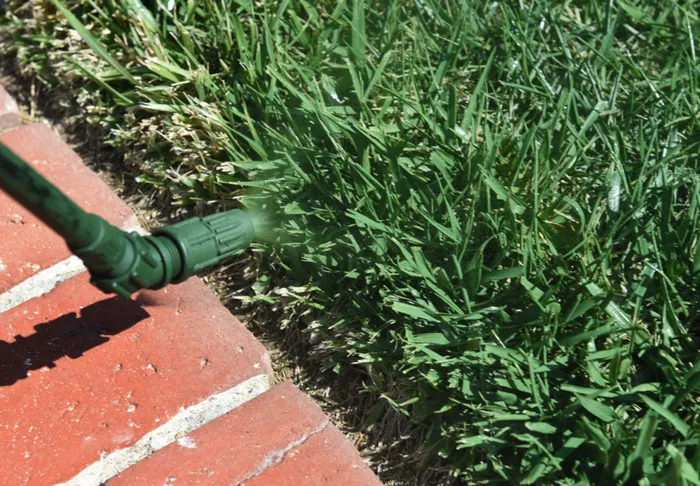Smell of cut grass or a dead body?

The same chemical that gives a newly-mown lawn its beguiling scent is also emitted by dead bodies, say researchers. The same chemical that gives a newly-mown lawn its beguiling scent is also emitted by dead bodies, say researchers.
London - It is one of the smells of summer, conjuring up images of tennis, picnics and Pimm’s.
But the scent of freshly-cut grass also has a darker side.
The same chemical that gives a newly-mown lawn its beguiling scent is also emitted by dead bodies, say researchers.
Grassy-smelling hexanal is found in the mixture of gases released by the body in the first few days after death, the British Science Festival in Bradford heard. The smells of paint thinner and nail varnish remover are also found when bodies are relatively fresh.
A few days later, when the body starts to get bloated, indoles – chemicals more usually found in heady perfumes – can be detected.
While the research by the University of Huddersfield may seem gruesome, it could be used to better train police dogs. For instance, teaching them to recognise the wide range of smells produced after death could lead to more bodies being recovered. Earlier detection may also be possible.
Forensic anthropologist Dr Anna Williams said: “If we can train the dogs to specifically look for early-stage chemicals then we might be able to find them earlier than otherwise. But this research is aimed at improving detection across the board.”
Better detection would also help ensure more criminals are caught, as well as providing closure to families to whose loved ones have been killed. Dr Williams added: “Theoretically, we might be able to extend this research to see if different people give off different smells.
“That’s a long way off but I suppose theoretically you could see if people have a smell ‘fingerprint’.”
Dr Williams recorded the different smells released by dead bodies by capturing and analysing the gases released by pig corpses as they rotted in boxes. She believes the results to be relevant to human bodies.
Daily Mail